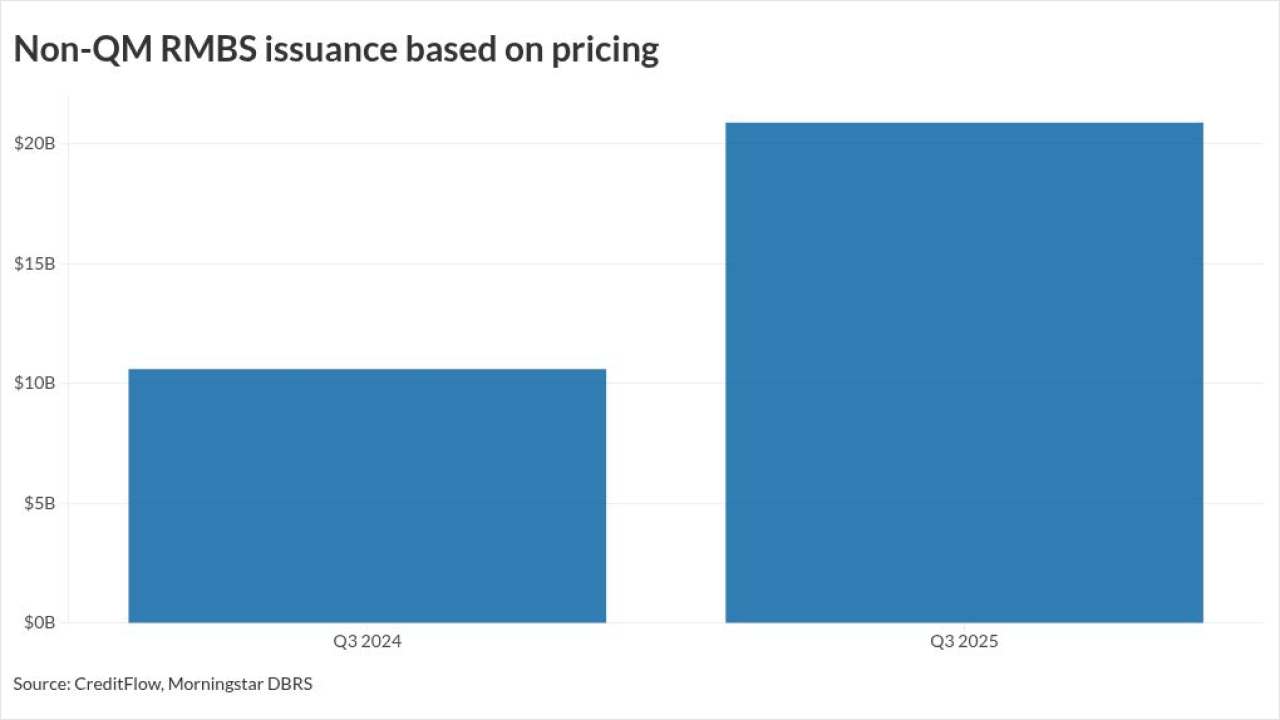When the Federal Open Market Committee meets Tuesday and Wednesday, the markets will keep a close eye on the Summary of Economic Projections, more commonly called the “dot plot.”
With no rate changes expected in the foreseeable future, the dot plot will update the panel’s thoughts. The last SEP, released in June, showed no FOMC participants expect rates to rise before 2022, and only two see them rising then. While that’s the highlight of the release, it also shows the panel’s projections on inflation, GDP and the unemployment rate.
Fed Chair Jerome Powell will probably use his post-meeting press conference to reaffirm “the message he presented at the Jackson Hole Symposium regarding the Fed’s new average inflation target, and other measures,” according to Duane McAllister, senior portfolio manager at Baird Advisors. “The result from our perspective is a fed funds rate likely anchored at zero for a very long time.”
Comments about the economy “should be balanced,” he said “weighing the gains made in recent months against the many uncertainties and risks ahead of us.”
And uncertainty about how labor markets will fare going “is a key reason to maintain an easy policy stance,” McAllister noted. “Election uncertainty and the lack of additional fiscal stimulus are further justification on remaining all in with the Fed’s aggressive approach.”
“Much like many investors at present, the Fed Reserve is treading carefully,” said Giles Coghlan, chief currency analyst at

With rate changes out of the picture, he said, “I’m particularly interested to see what is included in the SEP. The U.S. economy is contracting significantly, and we do not know when GDP will finally re-enter positive territory.”
Despite the high unemployment rate, the continuing battle against the coronavirus and the weakness in the economy, he noted, “the Dow Jones has recorded its best performing August since 1984. These conflicting findings reflect the general uncertainty facing the market at the moment and the way investors are looking to capitalize on market swings. Rather than making a bold prediction, the Fed Reserve will likely take a cautious, measured approach.”
Stifel Chief Economist Lindsey Piegza expects little change in the post-meeting statement (maybe “an increased emphasis on the uncertainty of the pandemic”) and Powell’s press conference won’t cover new ground, so “the SEP would expectedly have the most market-moving implications.”
The recovery, according to the Fed will “be a long and bumpy road,” with unemployment over 6% until 2022, she noted. “Has their outlook for the labor market improved? Worsened? The former would increase confidence the recovery is underway and more importantly sustainable while the latter will serve to perpetuate fears that a return to pre pandemic levels is a potentially distant, distant ... distant prospect.”
Powell can be expected to clarify “the inflation targeting change announced at Jackson Hole,” where he “stopped short of including a specific equation for how high and how long inflation will be allowed to run hot.”
Although Fed Gov. Lael Brainard in a
Change is likely in the post-meeting statement, according to Gary Pzegeo, head of fixed income at CIBC Private Wealth Management, “particularly on the subject of forward guidance,” although don’t expect “specific lengths of time or trigger points of inflation rates. The Fed would likely prefer flexibility within the new framework parameters laid out by Powell.”
As for the SEP, expect “some re-framing,” he said. “If the dots are intended to indicate rates required to meet the Fed’s mandate, and the new framework encourages a more dovish approach, then it will be difficult for the Fed to signal more accommodation with a rate floor of zero.”
A 2023 dot will be added at this meeting, and the longer term projections may be tweaked, Pzegeo suggested, but the short-term projections will likely show the zero lower bound rates remaining.
Separately, the consumer price index rose 0.4% in August on a seasonally adjusted basis, after a 0.6% increase in July, while the core rate also grew 0.4% in the month after a 0.6% rise a month earlier, the Labor Department said Friday.
Economists polled by IFR Markets the headline number to grow 0.3% and the core to climb 0.2%.





